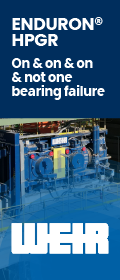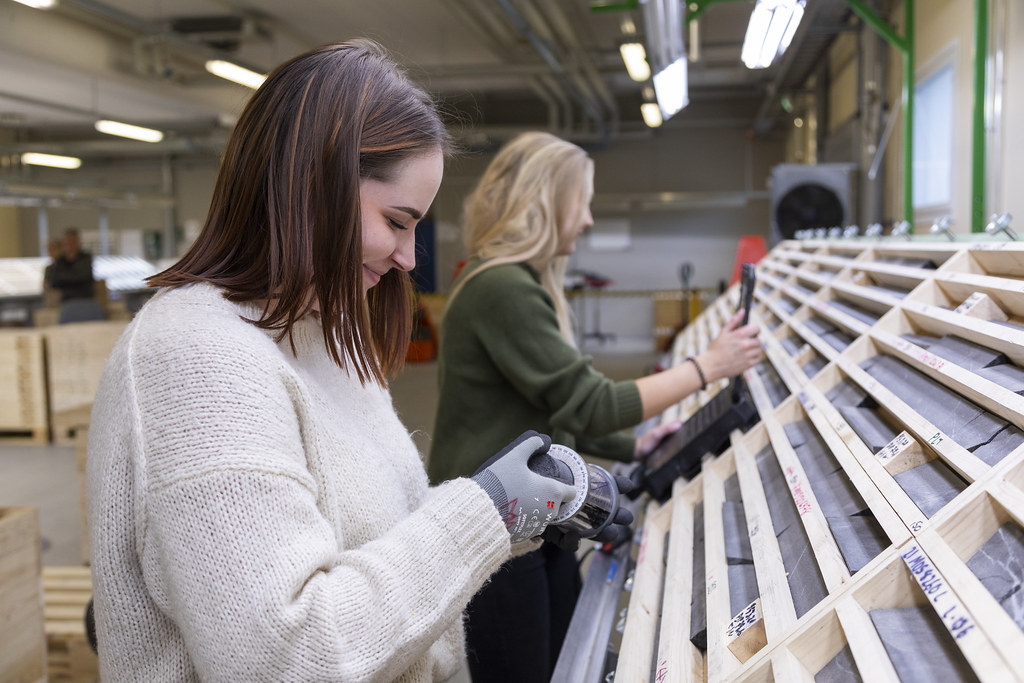Betolar says it is commercially collaborating with Anglo American on the use of metal extraction technology and green cement production at the Sakatti copper-nickel multimetallic project in Sodankylä, Finland.
Anglo American aims to establish a low-waste mine at Sakatti that leverages circular economy solutions. It has previously stated that it will apply its blueprint for responsible mining to design and develop Sakatti as one of its next generation of FutureSmart mines – a highly automated, low-carbon underground operation with minimal surface footprint.
The primary goal of the commercial collaboration between the two companies is to produce green cement for the tailings paste backfill at the future Sakatti mining operation, Betolar says. Green cement is produced from material that would otherwise be consigned to waste.
Betolar says its metal extraction technology enables the recovery of valuable metals and minerals from the waste material with the remainder being suitable for cement production. Its solution not only helps to reduce waste overall but also aims to lower costs and create profitable waste management processes in mining operations, it states.
Betolar will further develop tailored solutions for the Sakatti mine to minimise CO₂ emissions and help implement practical steps toward carbon-neutral mining.
Tuija Kalpala, President and CEO of Betolar, said:“Our metal extraction technology enables both the efficient recovery of valuable metals and the production of low-carbon green cement – all from the same waste material stream. We are pleased to support Sakatti mine’s goal of minimising mineral waste.”
Pertti Lamberg, CEO of Anglo American in Finland, said: “Anglo American is designing and developing Sakatti as one of our next generation of FutureSmart mines – a low-carbon underground operation with minimal surface footprint. At the heart of this approach is our commitment to protecting the environment and embedding circular practices where possible, working with our partners to harness innovative solutions which reduce waste, while finding opportunity to transform any remaining material into potentially valuable resources.”
The green cement produced with Betolar’s metal extraction process has proven to be an exceptionally high-quality binder in testing, according to the company. Its strength development properties are significantly better than those of traditional cement substitutes, such as ground-granulated blast furnace slag (GGBFS).
Kalpala concluded: “The usability of circular economy products depends primarily on their quality. The green cement produced by our technology not only matches but can even surpass the performance of traditional cements. Therefore, quality will not be a barrier to the adoption of circular economy solutions.”











